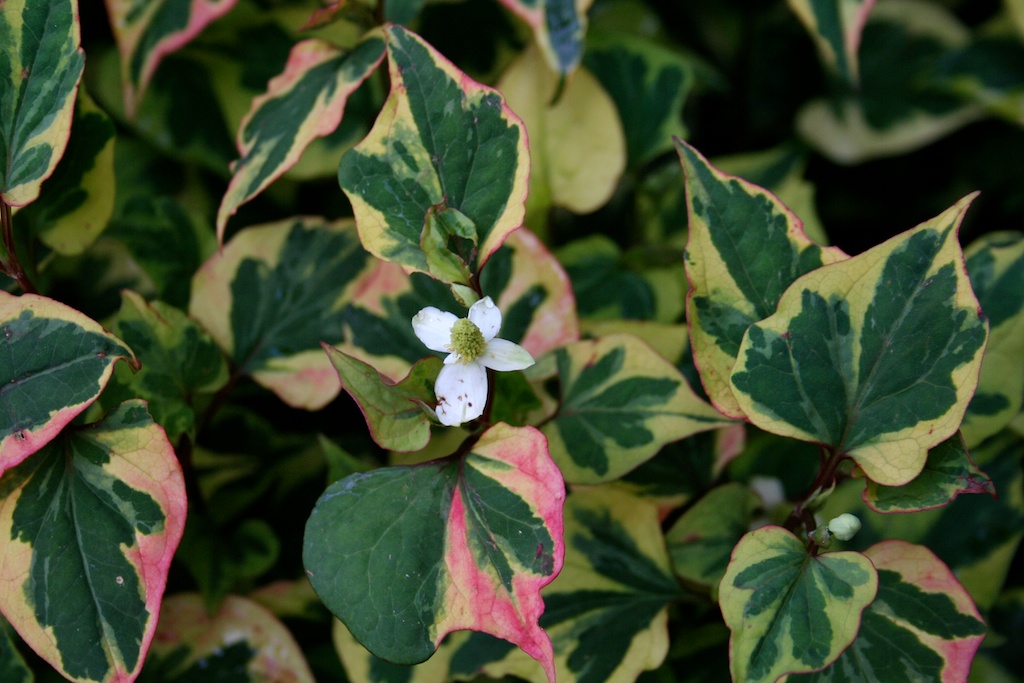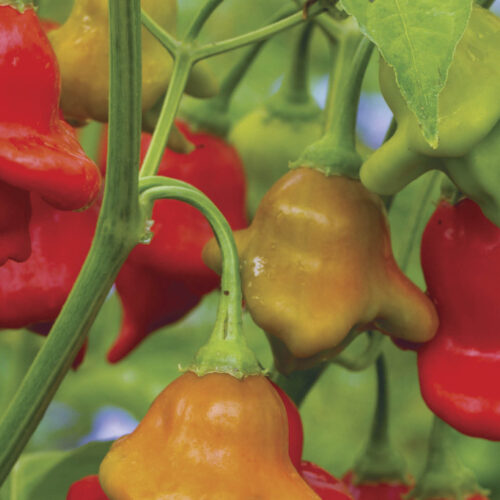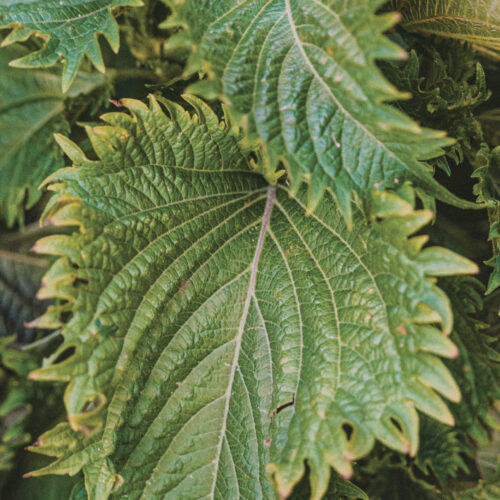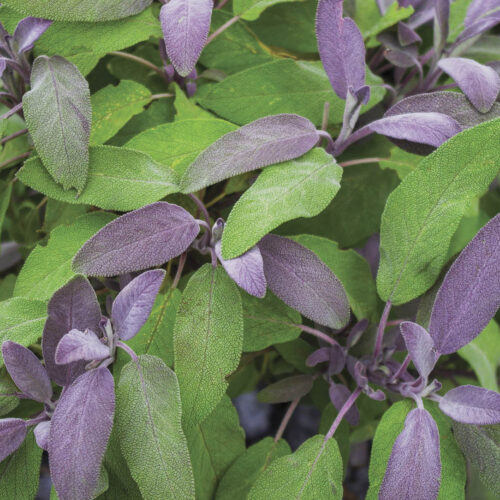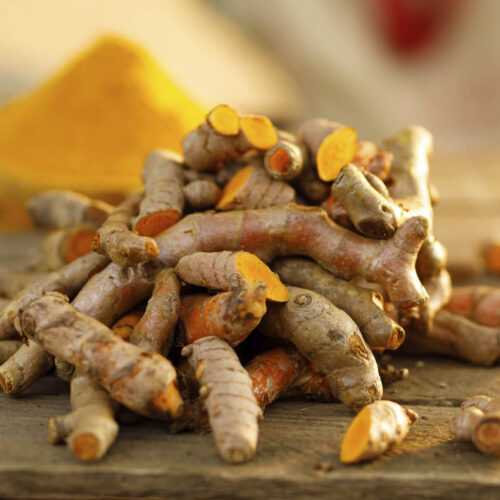A strange fish
2015-10-18T04:43:47+11:00
Lizard tail, heartleaf and swamp pepper are other names for this intriguing edible plant, writes PENNY WOODWARD.
Fish plant (Houttuynia cordata) is a delightful, low growing, spreading ground cover loved by the Vietnamese and Chinese for it’s culinary and medicinal uses. I wrote more widely about Vietnamese Greens in the September 2015 edition of Organic Gardener magazine but thought that this plant deserved more attention. It’s native to South-East Asia and China and is a herbaceous perennial with pointed heart-shaped leaves that can range in colour from green to cream, pink, yellow, red and blue-green in various combinations on different cultivars. The flowers are made up of white bracts (modified leaves) with a bright yellow central spike. The cultivar ‘Chameleon’ has leaves that are cream and green with pink edges while ‘Flore Pleno’ has attractive double flowers. Unfortunately fish plant also has the potential to be an invasive weed in damp soils where it spreads rapidly from underground runners. Fortunately it doesn’t usually self-sow, so if you are not sure if it will be a problem in your garden then grow it in a pot, but always make sure it can’t spread to nearby water ways or marshy ground. Fish plant is also called swamp pepper, heartleaf, lizard tail, rau diep ca (Vietnam) and dokudami (Japan).
New plants are easily grown by dividing old plants in spring or autumn. Plant rooted pieces in a semi-shaded position in any reasonable soil, although it does best in damp (even waterlogged) soil with added compost. Keep well watered in dry weather. It will also grow happily in a pot or hanging basket where it will hang over the side. Unusually, fish plant does equally well in temperate, sub-tropical and tropical climates, although in colder regions the whole plant dies back in winter. In my temperate garden I grow it in a pot sitting in the pond.
Flavour is always an idiosyncratic and individual thing. I think the leaves have a strong fishy flavour with a unique pungency, a friend says the flavour is more meaty, she likes to shred the leaves and put them in soup. Others describe the flavour as spicy and citrusy. Beth Chatto says that ‘the leaves smell of bitter Seville oranges — some people think it is vile’. Obviously the flavour depends on the nose and the tongue of the eater and these leaves are loved by some and loathed by others.
In Vietnam and Cambodia, leaves are wrapped in rice paper, with other herbs and salad plants like lettuce, Vietnamese mint, coriander and mint. These are then dipped in sauces and eaten during the meal. Leaves, stems and roots are also added to salads and they combine well with paw paw. Finely chopped leaves also make a delicious garnish for egg dishes, soups and strongly flavoured meat and fish dishes. I find that leaves are at their best in early spring, and the flavour gradually coarsens as they age, and by autumn they are probably not worth eating.
In China, fish plant is used medicinally as a wash to treat rashes and internally for respiratory complaints. In Japan, it is used to treat insect bites, chronic earache and as a tonic tea, while the Vietnamese eat the leaves to relieve haemorrhoids and stomach cramps. Interestingly recent research suggests that a chemical constituent of the plant may help with weight loss, while quercetin, a flavonoid present in the leaves, has shown inhibitory effects on several viruses. Chinese doctors even used fish plant to alleviate respiratory symptoms during a SARS outbreak.
All in all a useful, unusual and intriguing plant.

